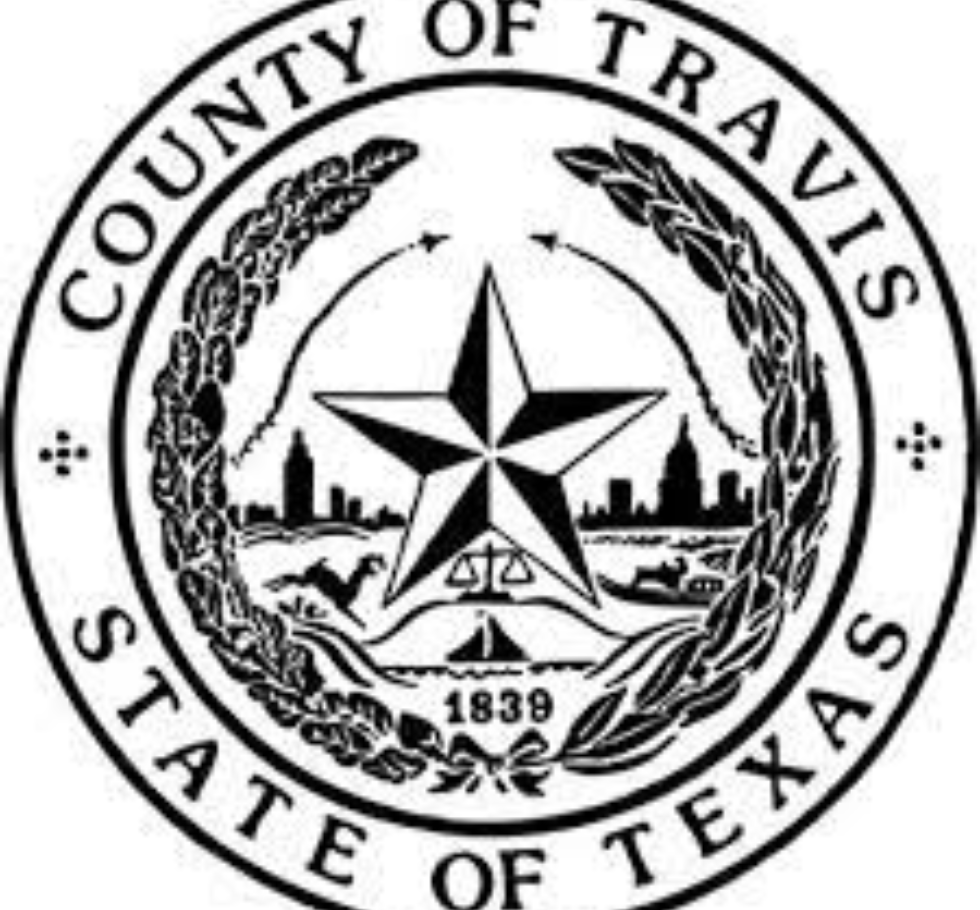“An investment in knowledge pays the best interest.” -Benjamin Franklin
Over the past six years, Front Line Advisory Group (FLAG) has managed nearly 40 Capital Improvement projects, uncovering the critical importance of adopting best practices for utility relocation to ensure program success. Throughout these projects, the complexities and challenges associated with utility relocation have frequently caused delays, increased costs, and hindered project efficiency. Recognizing these recurring issues, FLAG has diligently sought to implement and refine best practices to streamline utility investigations and relocations. This commitment to improvement aligns with broader industry needs for more effective management of underground utilities in construction projects.
The Texas A&M Transportation Institute’s comprehensive report, “Utility Investigation Best Practices and Effects on TxDOT Highway Improvement Projects,” provides valuable insights into this pressing issue. The report meticulously examines the state of utility investigation practices, highlights the importance of accurate and timely utility data collection, and offers a detailed analysis of best practices for utility relocation. By exploring techniques, technologies, and procedural improvements, the Texas A&M report presents a roadmap for enhancing utility management in transportation projects. It underscores the necessity of systematic utility investigations to mitigate risks and ensure the success of highway improvement initiatives.
Summary of Research Findings
- Utility Investigation Techniques:
- The report highlights various geophysical survey techniques used for underground utility detection. Techniques are categorized into:
- Electromagnetic methods (e.g., Ground Penetrating Radar (GPR), electromagnetic induction, and infrared thermography).
- Mechanical methods (e.g., acoustic, seismic, and water waves).
- Other methods (e.g., electrical resistivity, magnetic, micro-gravitational, and chemical methods).
- Utility Investigation Practices at TxDOT:
- TxDOT employs diverse utility investigation practices, but there is a need for standardization across districts.
- Current practices involve a combination of traditional methods and advanced technologies like SUE (Subsurface Utility Engineering).
- Utility Investigation Practices in Other States:
- The study reviews practices in other states, noting that states like North Carolina and Virginia have well-documented and standardized practices that could serve as models.
- Effects of Utility Investigation Services on Transportation Projects:
- Projects utilizing SUE services showed significant improvements in various metrics, including reduced utility-related change orders and overall project delays.
- However, there were also findings of a higher number of unexecuted utility agreements in projects using SUE services, potentially indicating resolved conflicts or non-reimbursable utilities.
- Cost-Effectiveness of SUE:
- SUE costs constituted a small percentage of total construction costs (mean of 1.85%).
- Despite the costs, SUE services were deemed beneficial for certain types of projects (e.g., freeway widening, interchange projects).
Best Practices for Utility Investigation
The research team identified and refined several best practices based on surveys, workshops, and feedback from TxDOT stakeholders. These practices are categorized into five main areas:
- Education and Training:
- Basic SUE Training: Educate TxDOT employees, utility owners, and consultants on SUE technologies, techniques, limitations, and best practices tailored to specific geographic areas.
- Advanced Utility Impact Analysis: Training on using utility impact analysis tools for more complex projects.
- Outreach Training: Inform utility owners about TxDOT processes, terminology, and SUE technologies.
- Technology and Information Systems:
- Development of software for utility data management and project tracking.
- Investigation of new SUE technologies, such as 3-D mapping and visualization tools.
- Procurement and Contracting:
- Establishing SUE provider qualification requirements and improving quality control for SUE deliverables.
- Including SUE costs in project budgets and ensuring widespread availability of SUE services.
- Project Development Processes:
- Incorporating SUE data and quality assurances during the project development process (PDP).
- Concurrently conducting environmental and SUE reviews to streamline processes.
- Policy Approaches:
- Implementing agency-wide SUE policies to standardize practices.
- Enhancing coordination with utility owners through committees and working groups.
Recommendations
Based on the findings and stakeholder feedback, the research team recommends:
- Implementing Best Practices:
- Adopt the identified best practices to enhance project development at TxDOT. The practices have been successfully implemented in other states and have garnered strong support from stakeholders.
- Training and Education:
- Implement SUE training materials developed during the project and transition them into long-term training programs within TxDOT.
- Schedule training courses to disseminate the systematic use of utility conflict matrices (UCMs) and other tools.
- Technology and Information Systems:
- Develop and implement utility document management systems and utility project management systems to improve data management and sharing.
- Pilot new technologies for utility investigation and mapping.
- Policy and Administrative Actions:
- Establish statewide utility coordinating committees and working groups.
- Develop standard operating procedures (SOPs) for utility investigations to ensure consistency across districts.
- Project Development Process Enhancements:
- Standardize SUE criteria and impact forms.
- Ensure quality assurances and stakeholder concurrence points are included during the PDP.
Implementation and Potential Impediments
The report outlines an implementation plan and addresses potential challenges:
- Implementation Plan:
- Conduct SUE training at selected districts.
- Develop a long-term training mechanism within TxDOT.
- Establish a task force to oversee the implementation, define milestones, and update relevant manuals.
- Potential Impediments:
- Technical Challenges: Requires integration with existing systems and may involve significant customization for different districts.
- Economic Challenges: Budget constraints may hinder implementation; gradual implementation and use of low-cost tools at the district level could be a solution.
- Acceptance and Awareness: Continuous training and outreach are essential to ensure acceptance of new practices.
- Required Changes to TxDOT Manuals:
- Update the ROW Utility Manual, Project Development Process Manual, and other relevant documents to reflect new practices and procedures.
Conclusion
Implementing the recommendations and best practices identified in this report will significantly improve utility investigation processes at TxDOT. These improvements will lead to enhanced project delivery, reduced delays and costs, and better coordination with utility owners. By adopting standardized practices and leveraging new technologies, TxDOT can ensure safer and more efficient transportation projects.
At Front Line Advisory Group, we manage Capital Improvement programs to












